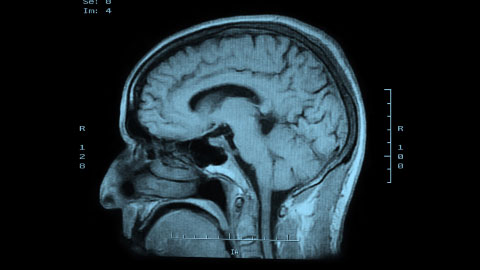Tuning in the Injured Brain: Challenges of Identifying Cognitive Abilities
News Friday, February 17th, 2012Health News Digest By Staff Editor – Feb 13, 2012 – 4:08:01 PM.
Findings Suggest Simple Methods to Detect Consciousness May Bypass Patients Who Can Communicate, But Not in Recognizable Ways
(HealthNewsDigest.com) – NEW YORK (Feb. 13, 2012) — Only by employing complex machine-learning techniques to decipher repeated advanced brain scans were researchers at NewYork-Presbyterian/Weill Cornell able to provide evidence that a patient with a severe brain injury could, in her way, communicate accurately.
Their study, published in the Feb. 13 issue of the Archives of Neurology, demonstrates how difficult it is to determine whether a patient can communicate using only measured brain activity, even if it is possible for them to generate reliable patterns of brain activation in response to instructed commands. Patients in a minimally conscious state or who have locked-in syndrome (normal cognitive function with severe motor impairment) and can follow commands in the absence of a motor response may not generate clearly interpretable communications using the same patterns of brain activity, the researchers say.
While less sophisticated methods have been shown successful, the authors say their new approach provides important new insights into brain function and level of consciousness. It also identifies mechanisms of variation in brain activity supporting cognitive function after injury.
“In these studies we have reanalyzed earlier published data that demonstrated an effort to communicate using brain activations alone that apparently failed but was nonetheless a clear effort to generate a response,” says Dr. Nicholas D. Schiff, professor of neurology and neuroscience and professor of public health at Weill Cornel Medical College, and a neurologist at NewYork-Presbyterian Hospital/Weill Cornell Medical Center. “Importantly, the reanalysis with new, more sensitive methods provides evidence that the problem with communication may reflect a mismatch of our expectations in designing the assessment, rather than a failure on the subject’s part in an attempt to accurately communicate with us.”
“Our study shows that multivariate, machine-learning methods can be useful in determining whether patients are attempting to communicate, specifically when applied to data that already show evidence of a signal in univariate, more standard methods of analysis,” says the study’s lead author, Jonathan Bardin, a fourth-year neuroscience graduate student at Weill Cornell Medical College. Read Full Article





























